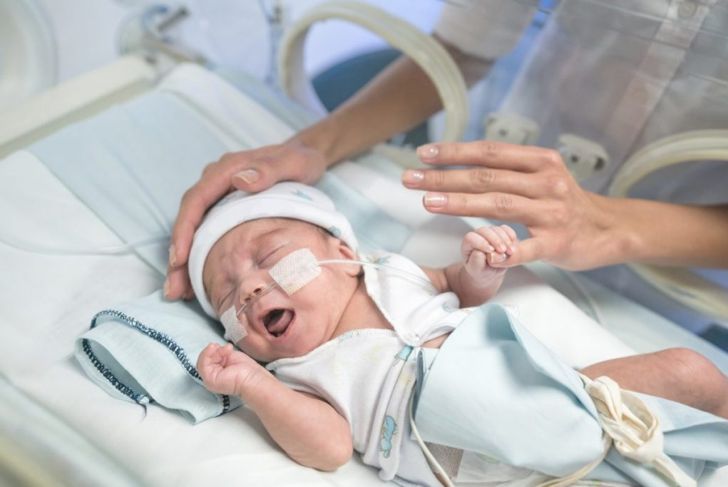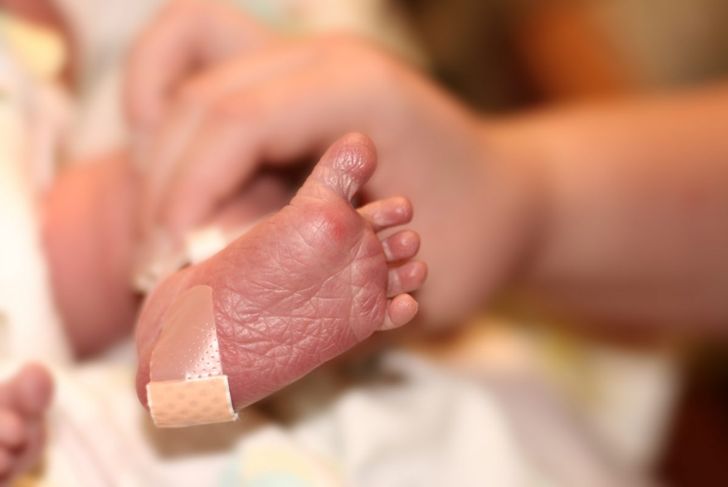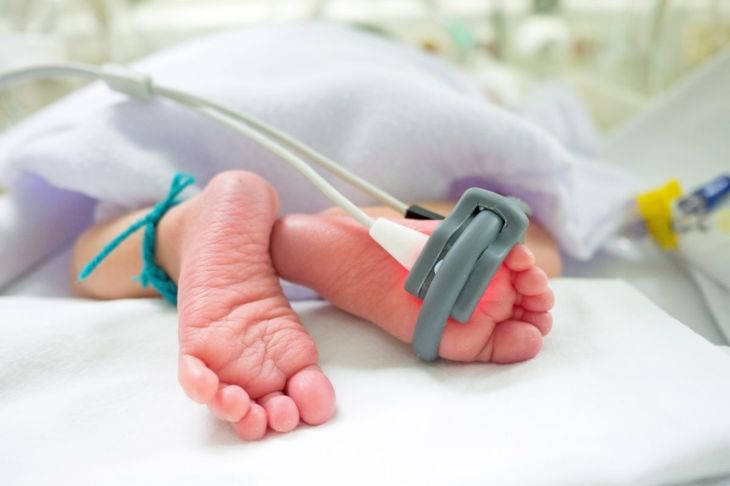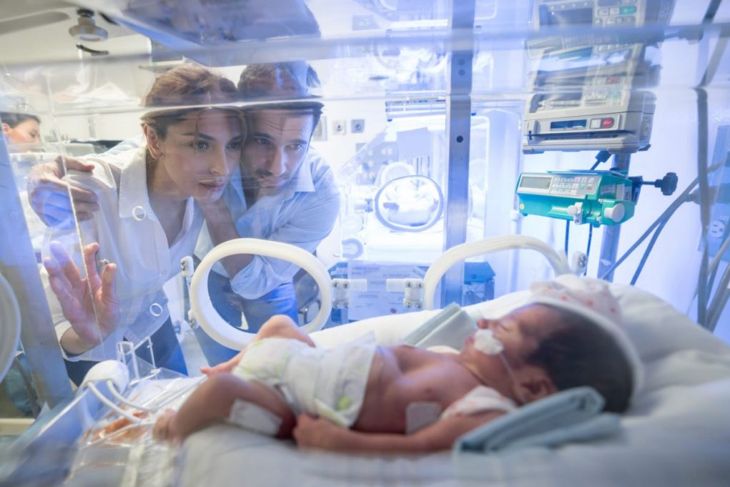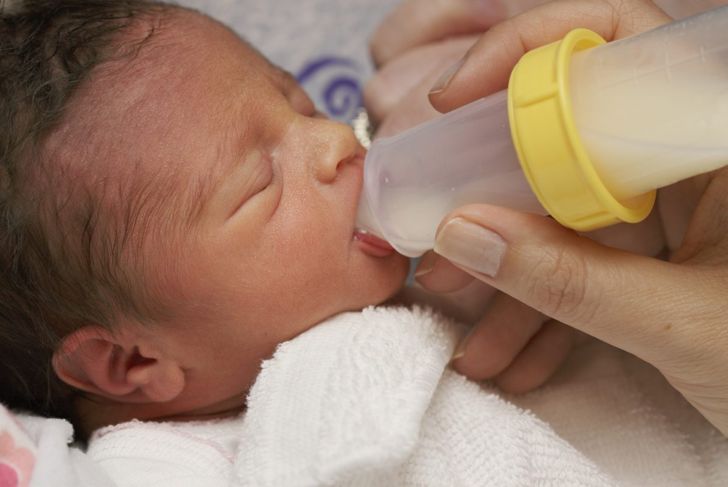A full-term pregnancy allows the baby time to gain essential weight and to fully develop organs, but one in 10 infants in the US is born too early, weeks before they reach important developmental and fetal growth milestones. Premature birth occurs when a baby is born three weeks before the estimated due date. There are several reasons why some babies arrive too soon. Health communities have a much better understanding of the causes of premature births than they did a decade ago, and the number has steadily declined.
Preterm or Premature Babies
A full-term pregnancy is 40 weeks. Premature births are those that occur before the 37th week. These newborns are much smaller in size; while the median weight of a full-term baby is seven pounds, 14 ounces, a baby born at 35 weeks gestation weighs between two and three pounds less. Most preterm babies are born during the late preterm stage, between 34 and 36 weeks. Extremely preterm infants may be born at or before 25 weeks of pregnancy. However, they have a 90 percent chance of survival in developed countries thanks to modern technologies and specialized pediatric medical fields that focus on issues affecting premature infants.
Preterm Birth Types
There are two types of preterm births: those that occur due to early onset of labor or a premature rupture of the amniotic sac and those that occur because a physician induced labor. Stressful life events, drug use, and uterus or placenta issues are just a few of the issues that can cause preterm births. Congenital disabilities or too much amniotic fluid can also cause spontaneous pre-term onset of labor. If the physician determines the health of the mother or fetus is at stake, they may induce labor. Preeclampsia, extremely high blood pressure, or an error in due dates are reasons doctors induce labor before the due date.
The Premature Baby’s Appearance
In addition to the much smaller size and weight of premature infants, other characteristics may surprise or alarm new parents. While babies born at 36 or 37 weeks look similar to full-term babies, those who are born extremely premature appear very fragile. Term babies have a layer of fat underneath the skin that prevents water loss, traps heat, and protects them from infection. Preterm infants have sensitive, wrinkled skin that looks either shiny and translucent or dry and scaly. Most premature babies have lanugo, a downy, white hair that covers their entire body, but have little or no hair on their heads.
Age Calculation and Development
Instead of relying on the infant’s chronological age, the American Academy of Pediatrics and the Centers for Disease Control recommend using the corrected age of premature children to determine growth and developmental progress. The corrected age is a preemie’s chronological age minus the number of weeks or months the child was born early. A nine-month-old child who was born two months prematurely will have a corrected age of seven months, for example. The corrected age allows the pediatrician to more accurately track the baby’s development.
Health Concerns for Preemies
Premature babies have a risk of many health issues. Quality of care at the time of birth and the weeks that follow dictate how these potential disabilities will affect them during their lives.
- They lose body heat easily.
- They lack the suck and swallow reflex.
- They have undeveloped immune systems, and severe infections are common.
- Eye damage due to abnormal growth of blood vessels in the retina can lead to blindness or visual impairment.
- Preterm babies are at higher risk for brain bleeds and brain injuries from lack of oxygen.
- The part of the premature baby’s central nervous system that regulates breathing is not yet able to ensure continuous breathing, causing apnea of breathing.
The Role of the NICU
Babies born before their bodies are ready for life outside the womb require special care. The neonatal intensive care unit (NICU) offers the advanced technology and trained professionals needed to address a premature baby’s health issues. A pediatric medical team specializing in neonatal care monitors and cares for the baby 24 hours a day. NICU equipment includes cardiorespiratory monitors, incubators to maintain body temperature, and ventilators.
Mother’s Health Conditions and Premature Births
Some women are at higher risk of early-onset labor leading to premature births. A history of preterm births, problems with the cervix or uterus, being underweight or overweight, diabetes, hypertension, and infection increase the likelihood of premature births. Mothers under 17 and over 40 are also at greater risk, as are those who smoke during pregnancy. Contractions, bleeding, water breaking, decreases in fetal movements, or a “show” of mucus from the vagina before the 37th week of pregnancy could signify premature labor.
Multiple Pregnancies and Premature Births
Since 1980, the twin birth rate has increased by more than 75%, while triplet and quadruplet births have increased even more. Women pregnant with multiples are at an increased risk of complications, including preterm births. While single pregnancies pose a 10% risk for preterm births, multiples jump to 60%. A woman pregnant with multiples should contact her physician immediately if she feels pelvic pressure or low back pain or notices increased vaginal discharge. With early detection, the physician may be able to delay preterm delivery for a few days, which provides additional time for the fetuses to develop.
Taking the Premature Baby Home
Improvements in technology and healthcare for preterm infants allow doctors to discharge more babies, most of which spent time in the NICU. A medical team will assess weight gain, perform screening tests such as hearing evaluations, and resolve any medical issues. Once the baby can maintain healthy body temperature, control their breathing, suck and swallow, and exhibit respiratory stability, staff will discharge them. They will also educate the family on safe sleep practices for preemies, provide CPR training, and further assess the family’s ability to take care of the infant in at home.
Issues for Preemies as Older Children
Though, these days, most preterm babies survive, some studies suggest that they are more likely to encounter health or cognitive issues as they age. Some parents worry about their preterm children’s academic success. A 2017 study found that while around two-thirds of the babies born at 23 to 24 weeks were not only ready for kindergarten with their full-term peers, 2% also achieved gifted status. Although extremely preterm infants scored low on standardized tests, score differences become negligible as the length of pregnancy increases, and there are countless educational resources available to help children thrive.

 Home
Home Health
Health Diet & Nutrition
Diet & Nutrition Living Well
Living Well More
More